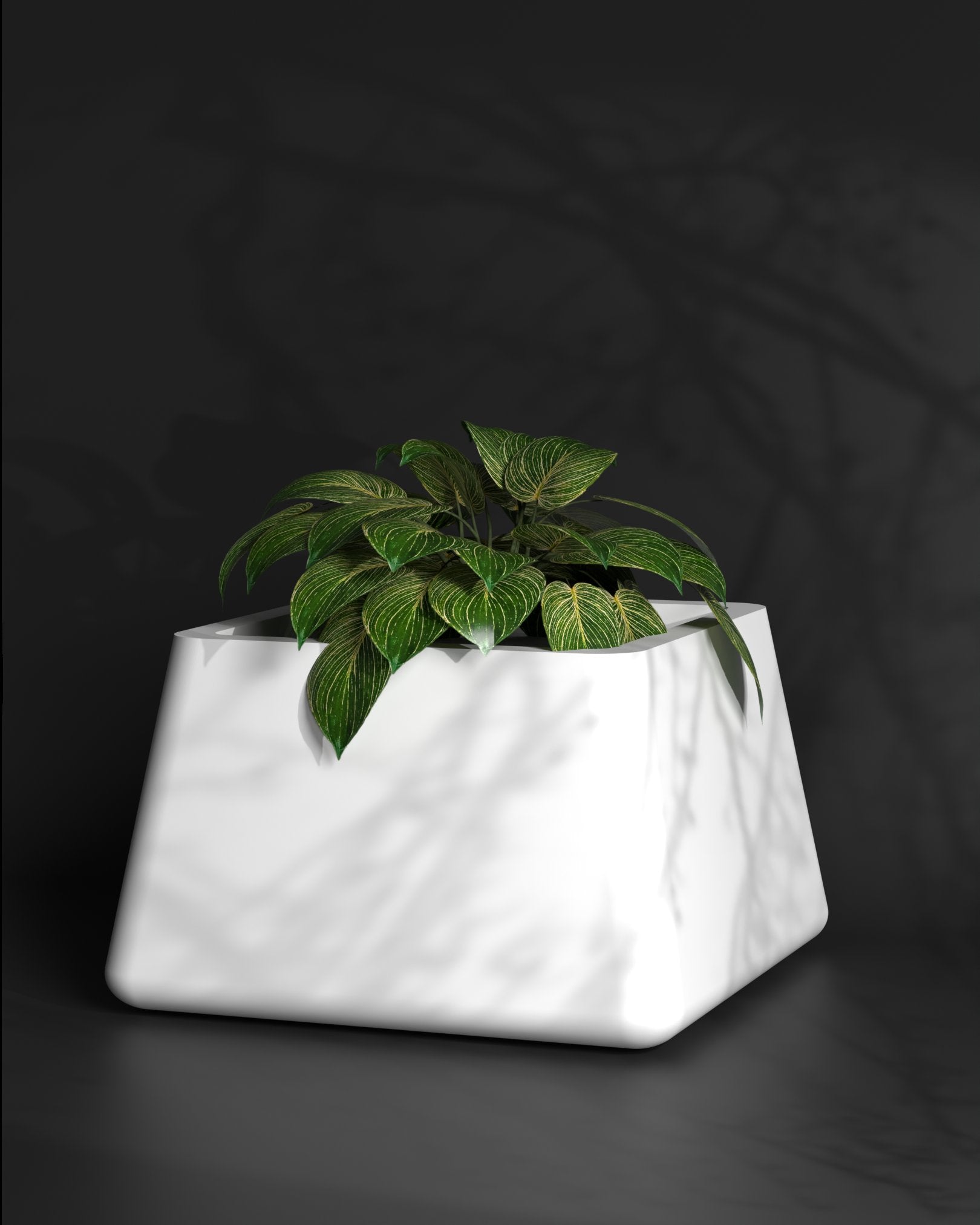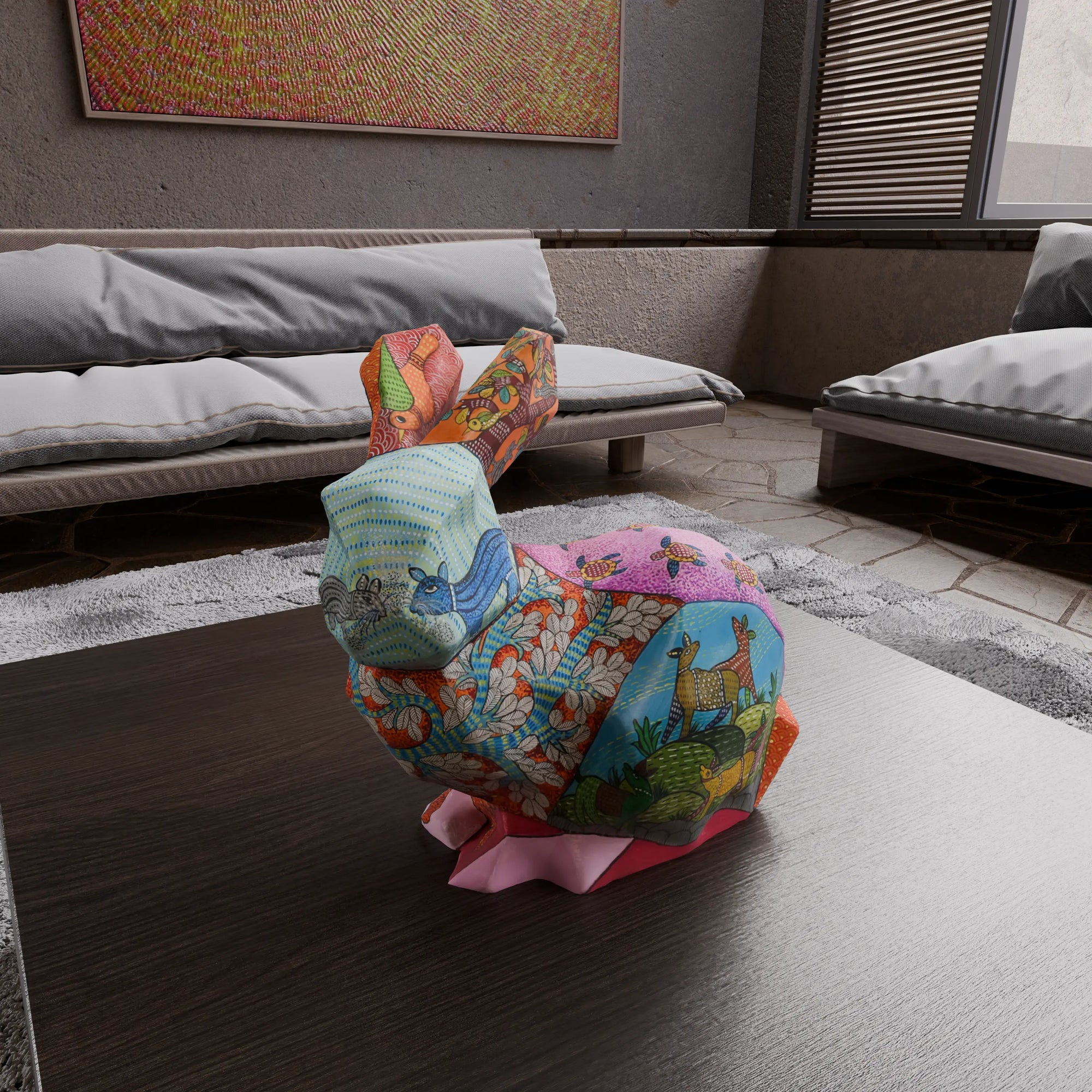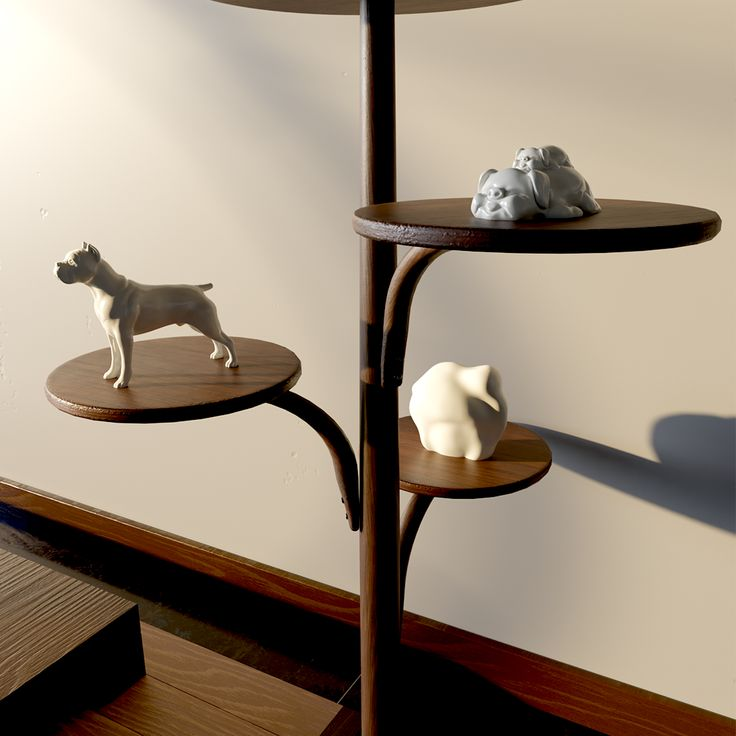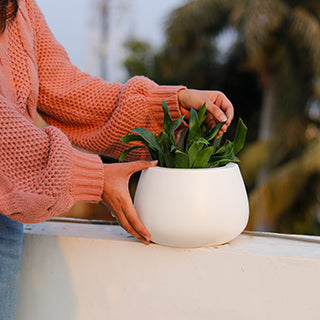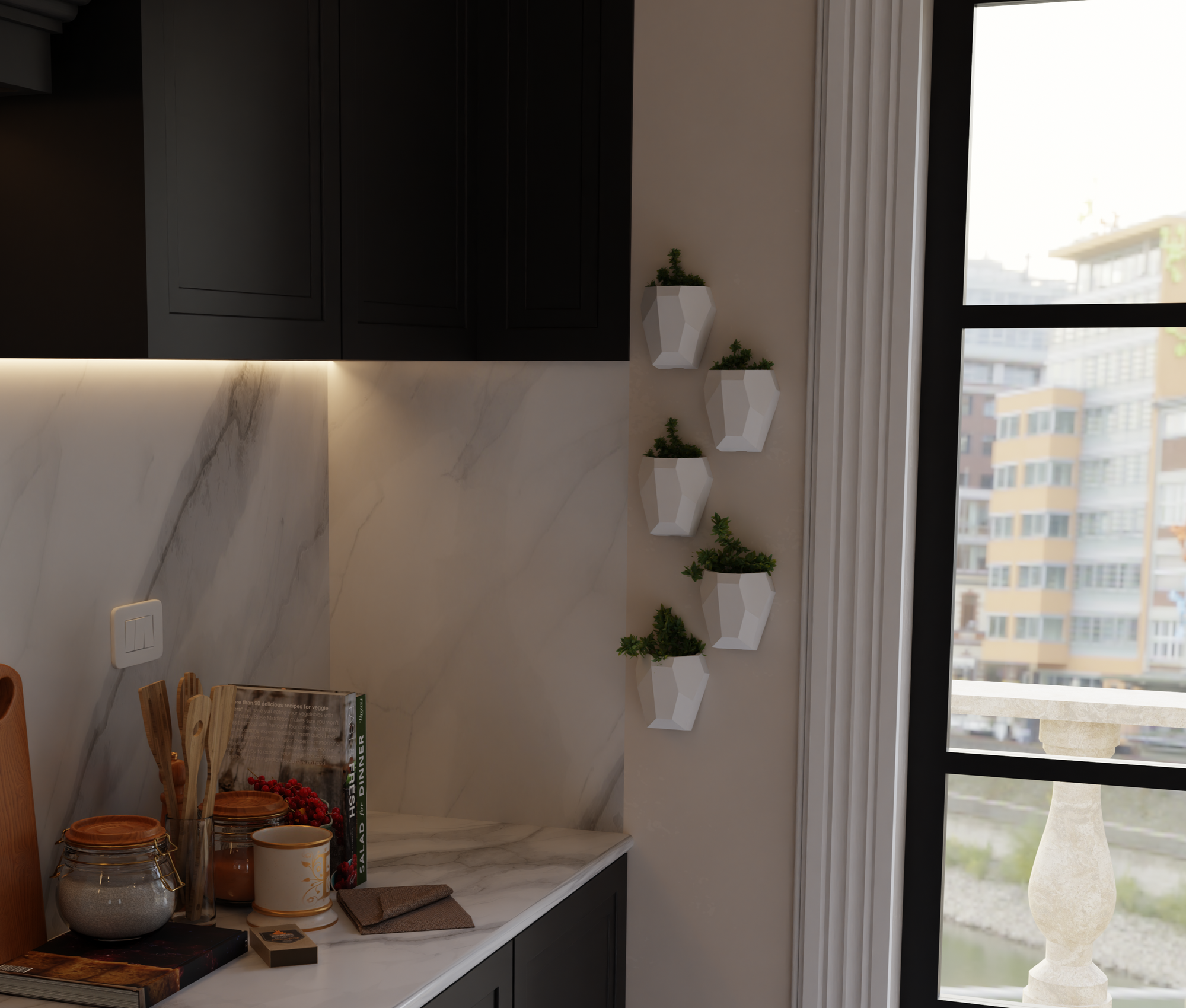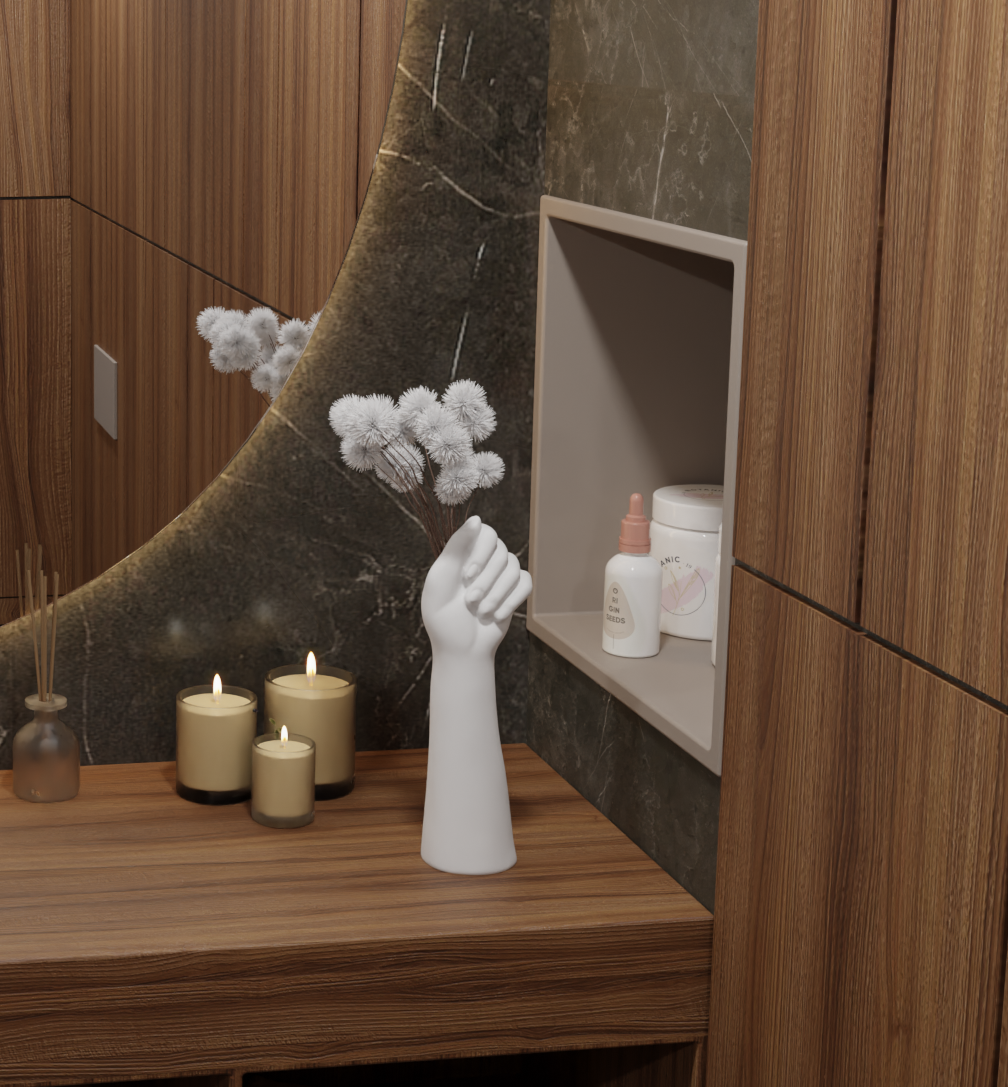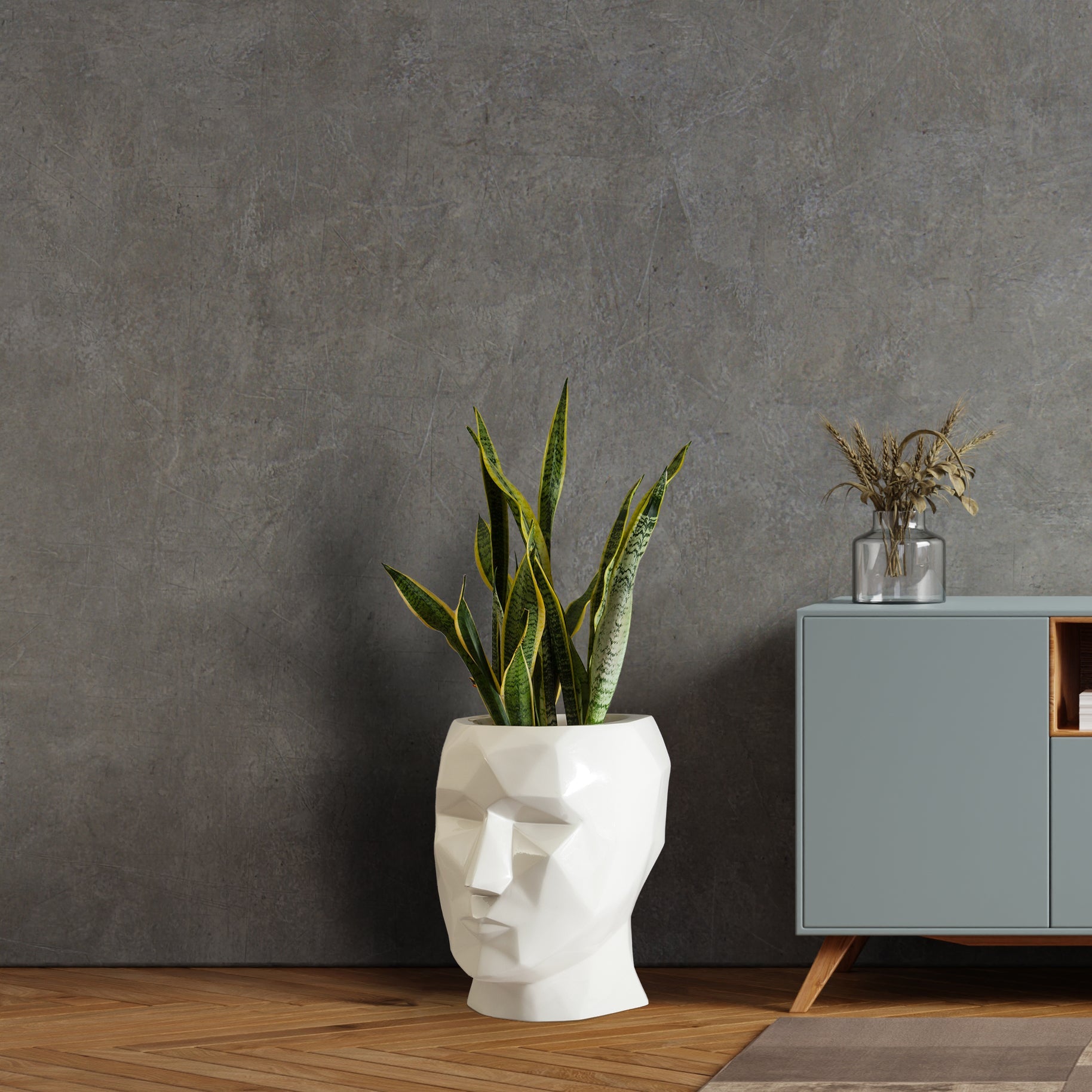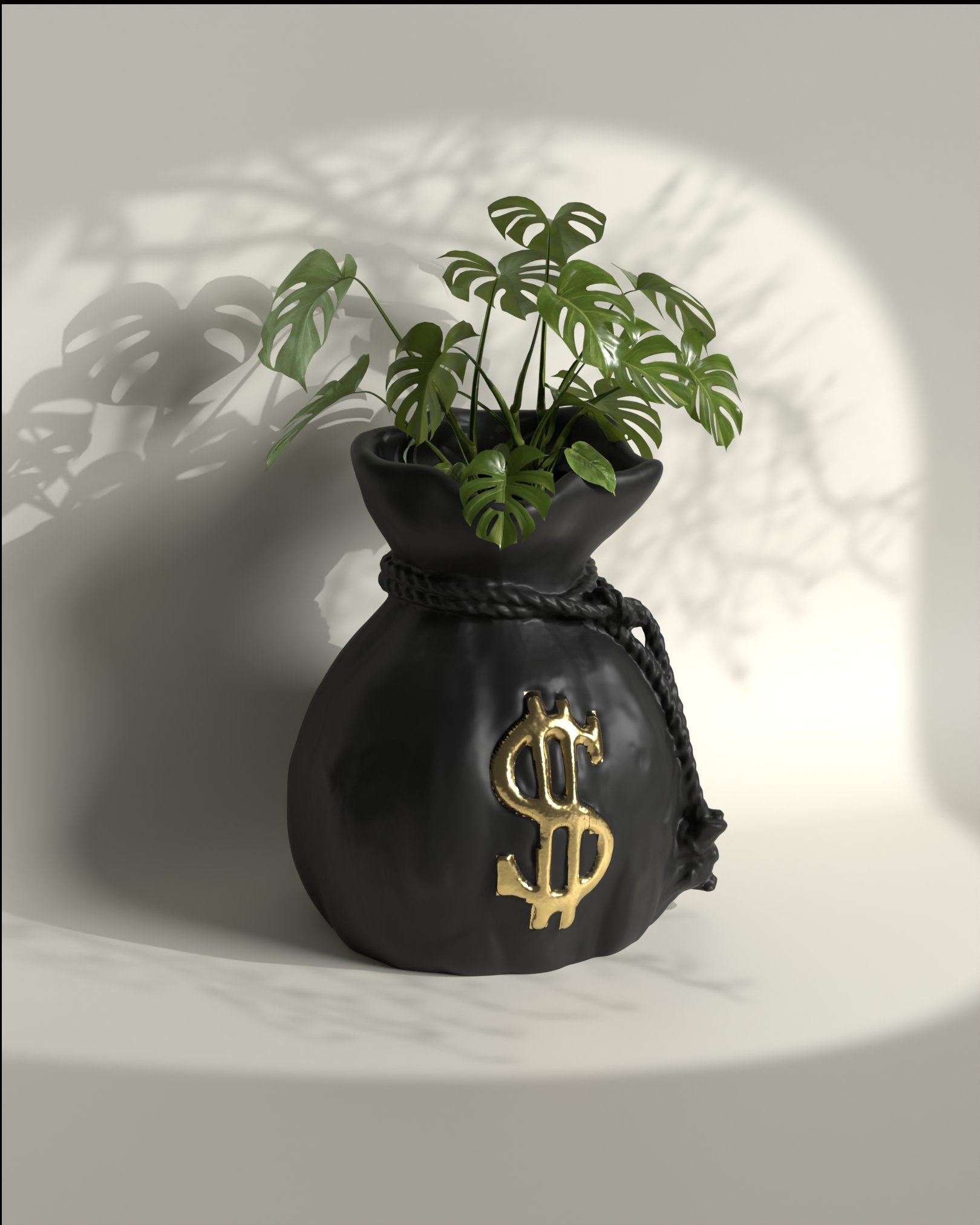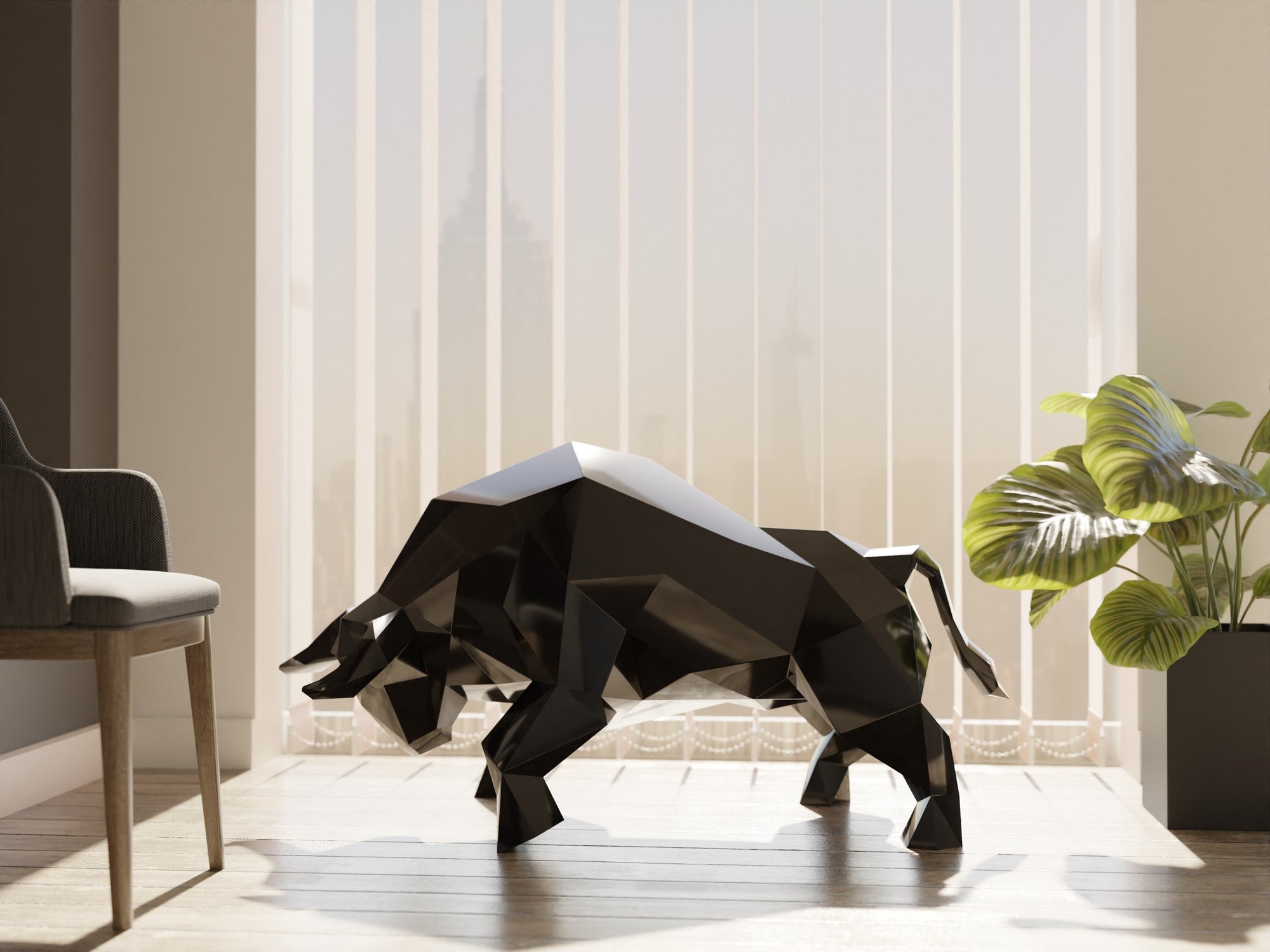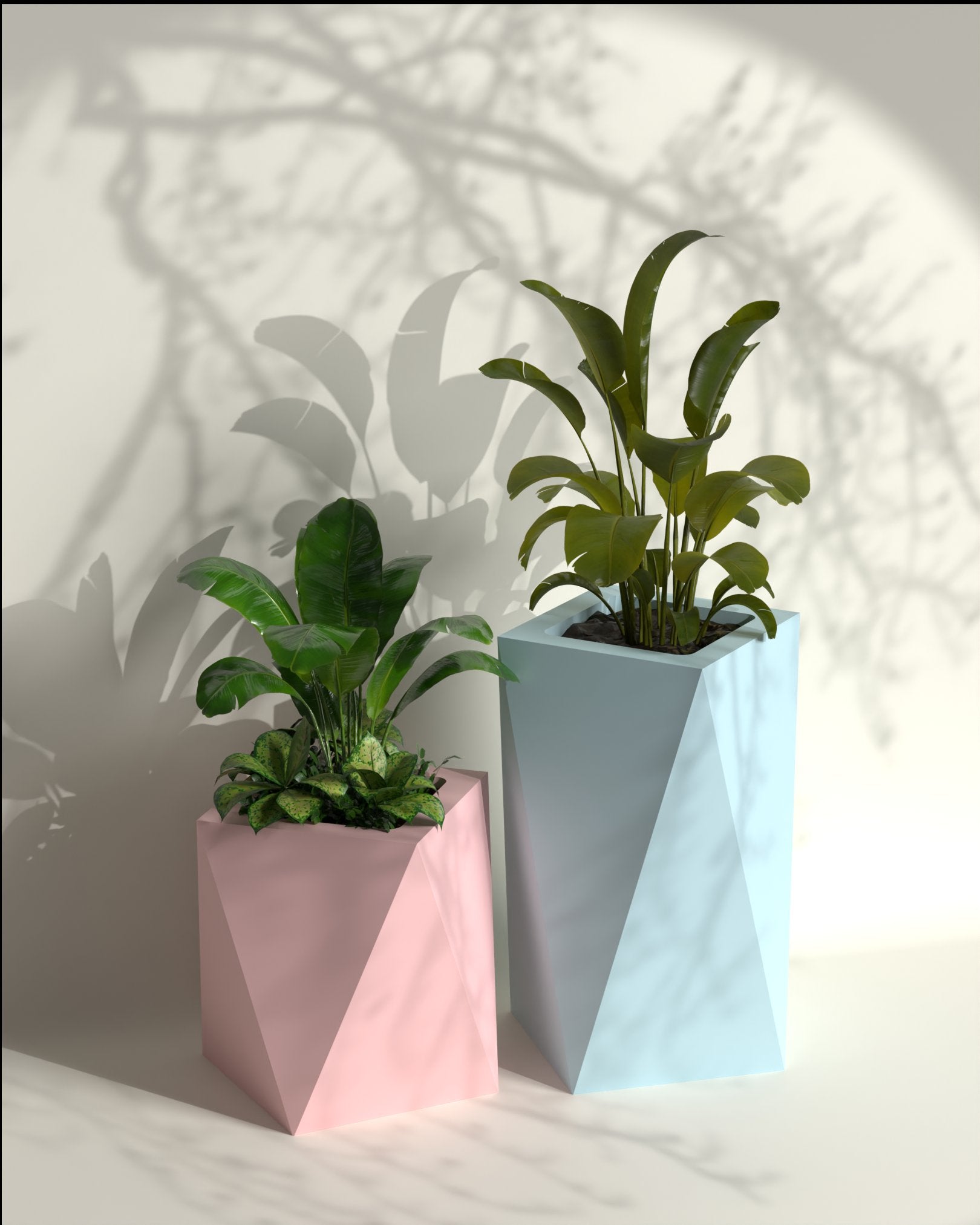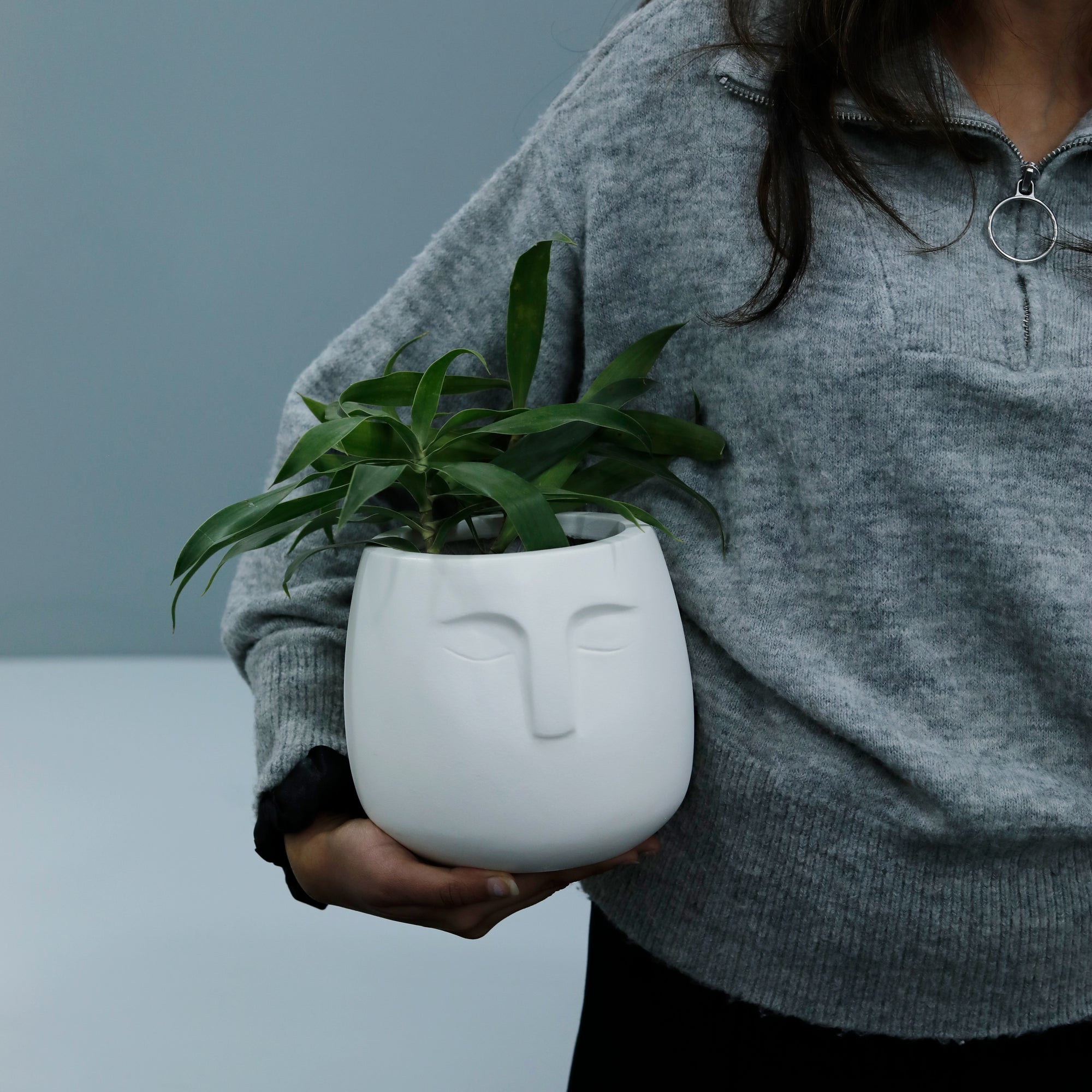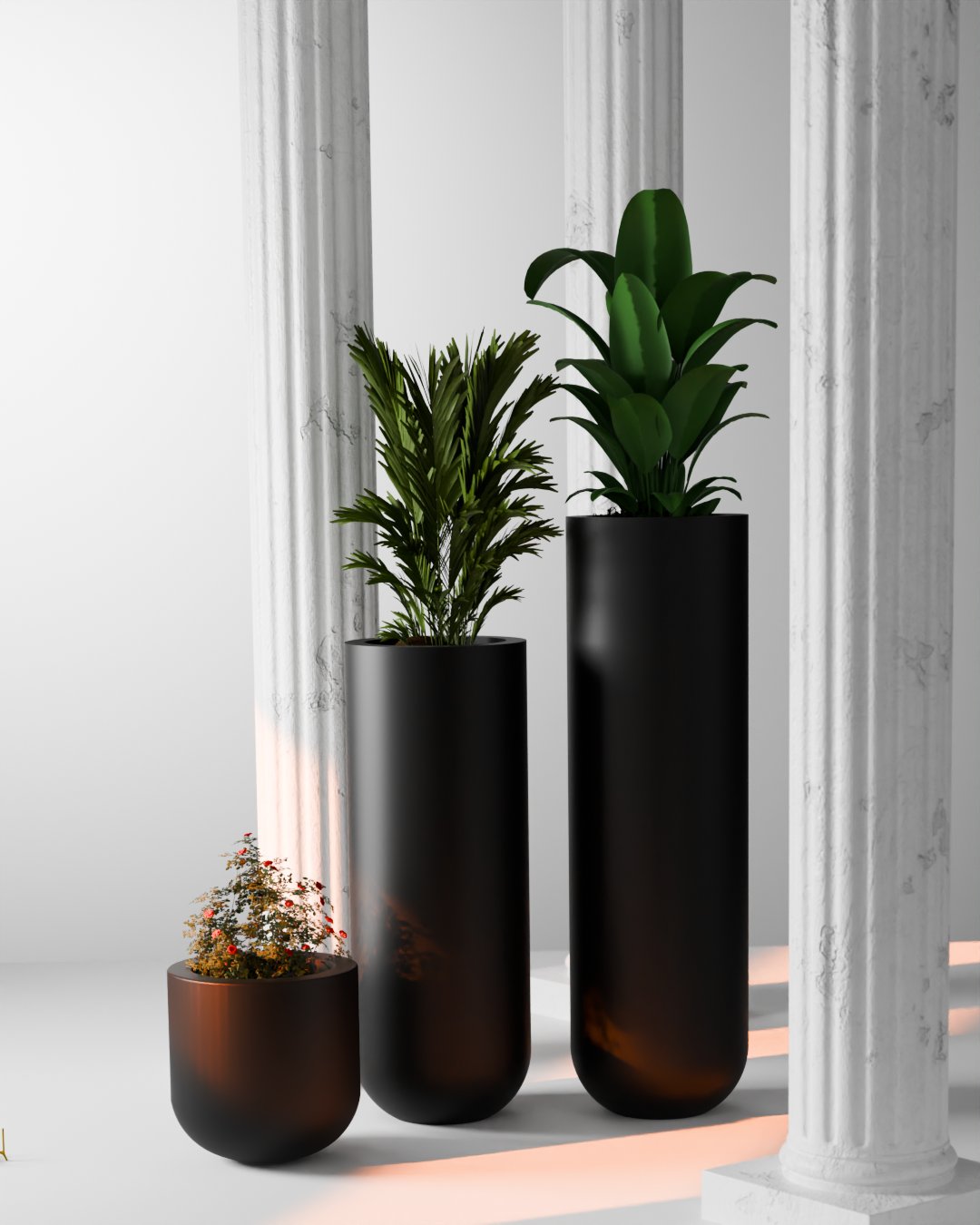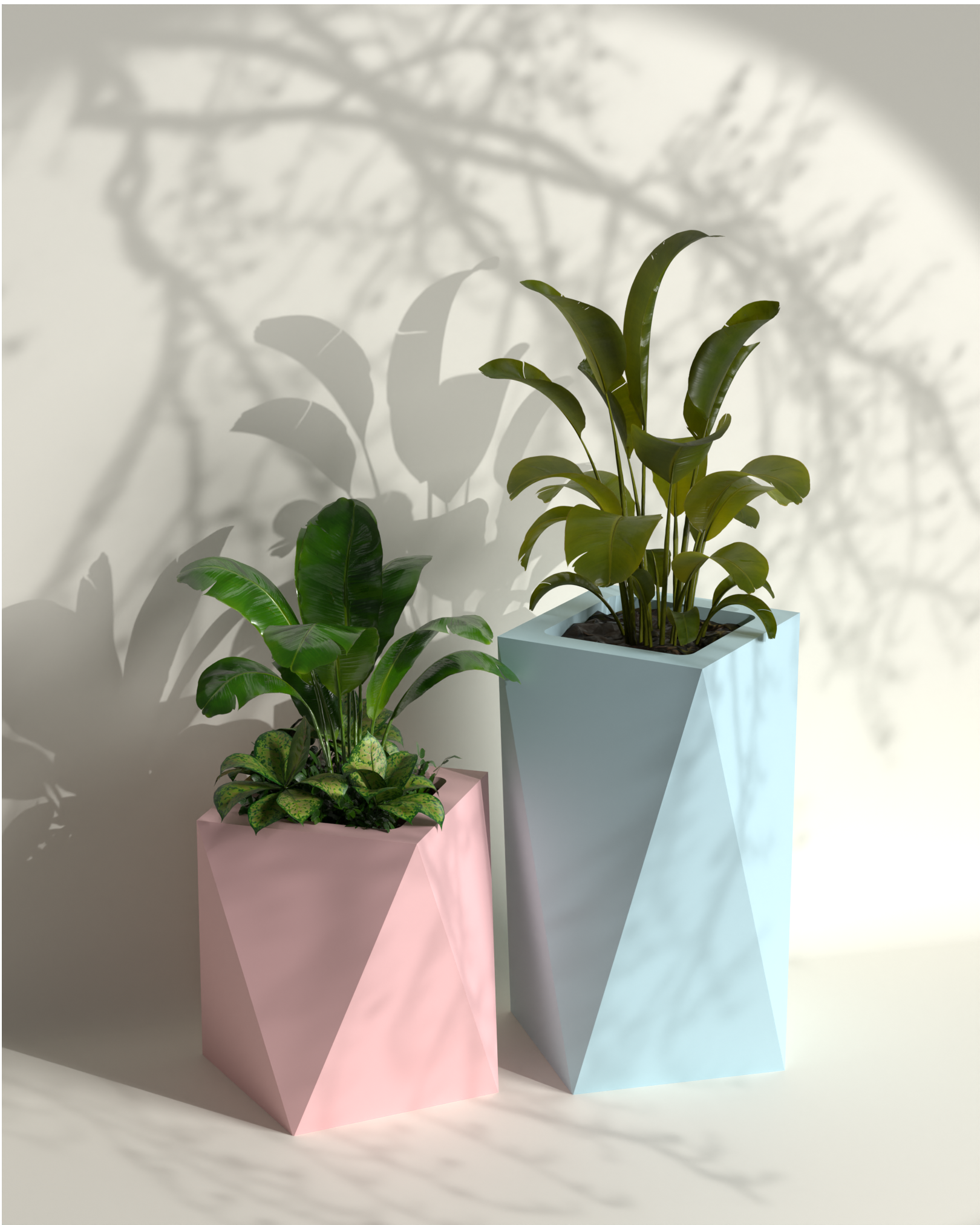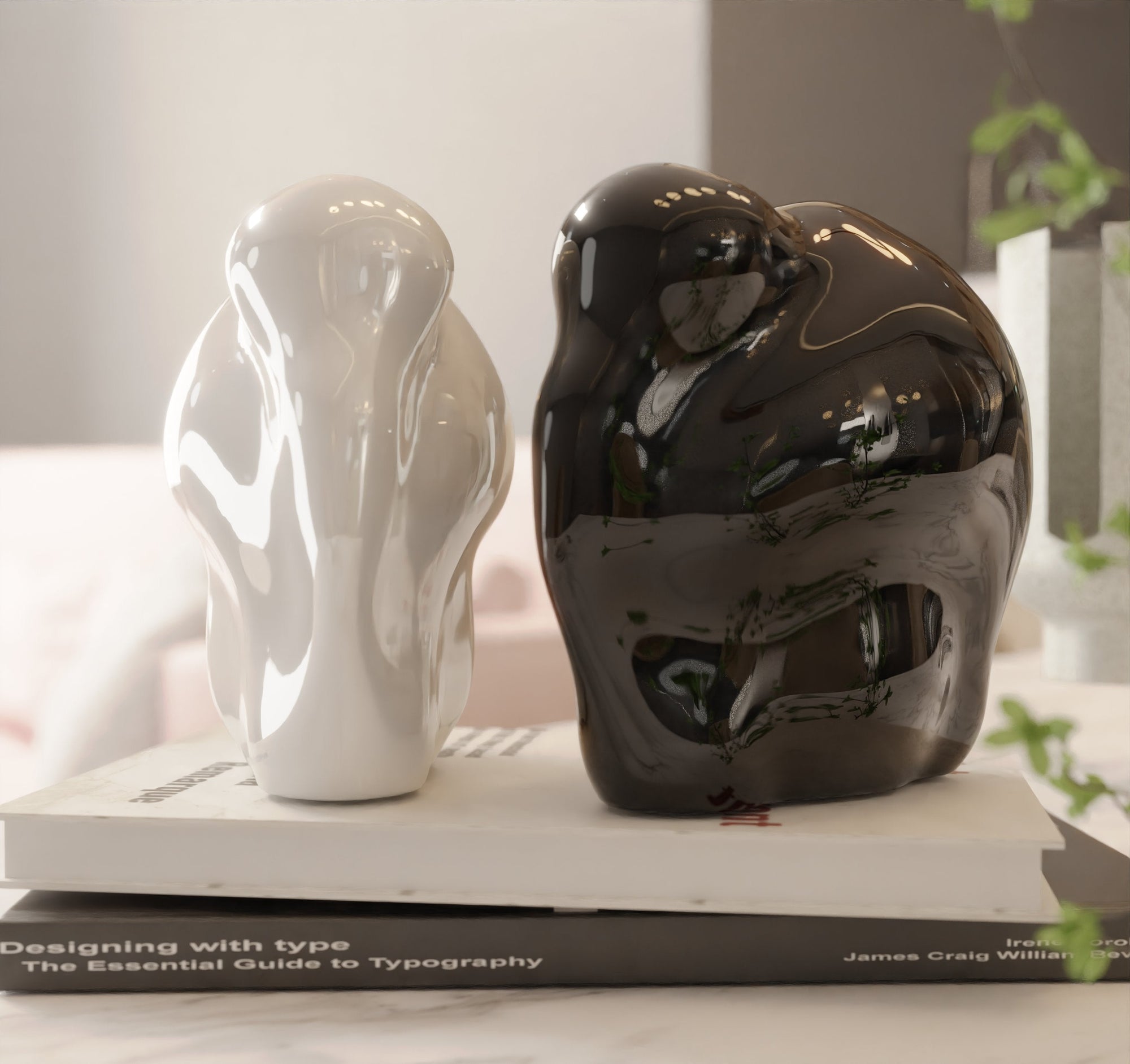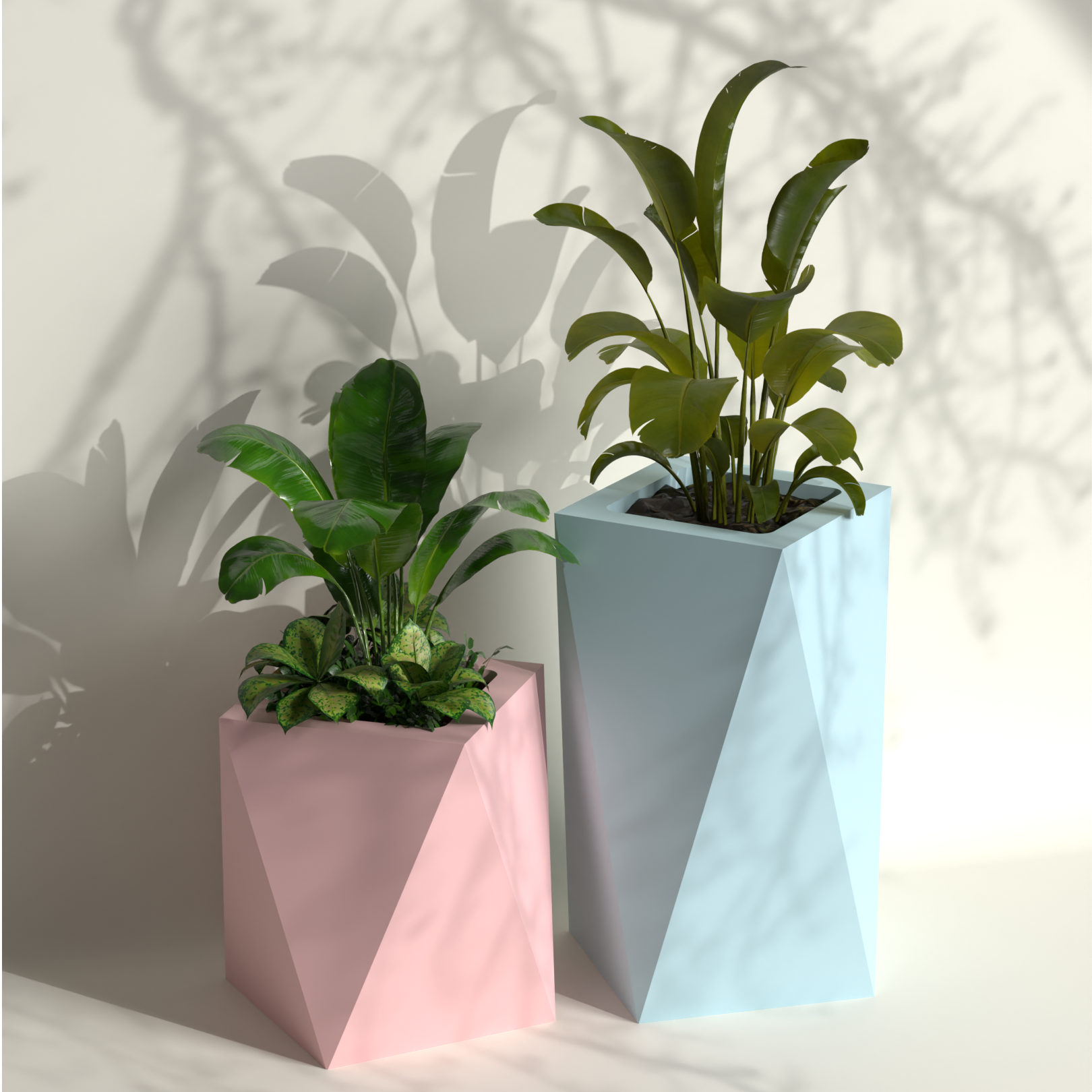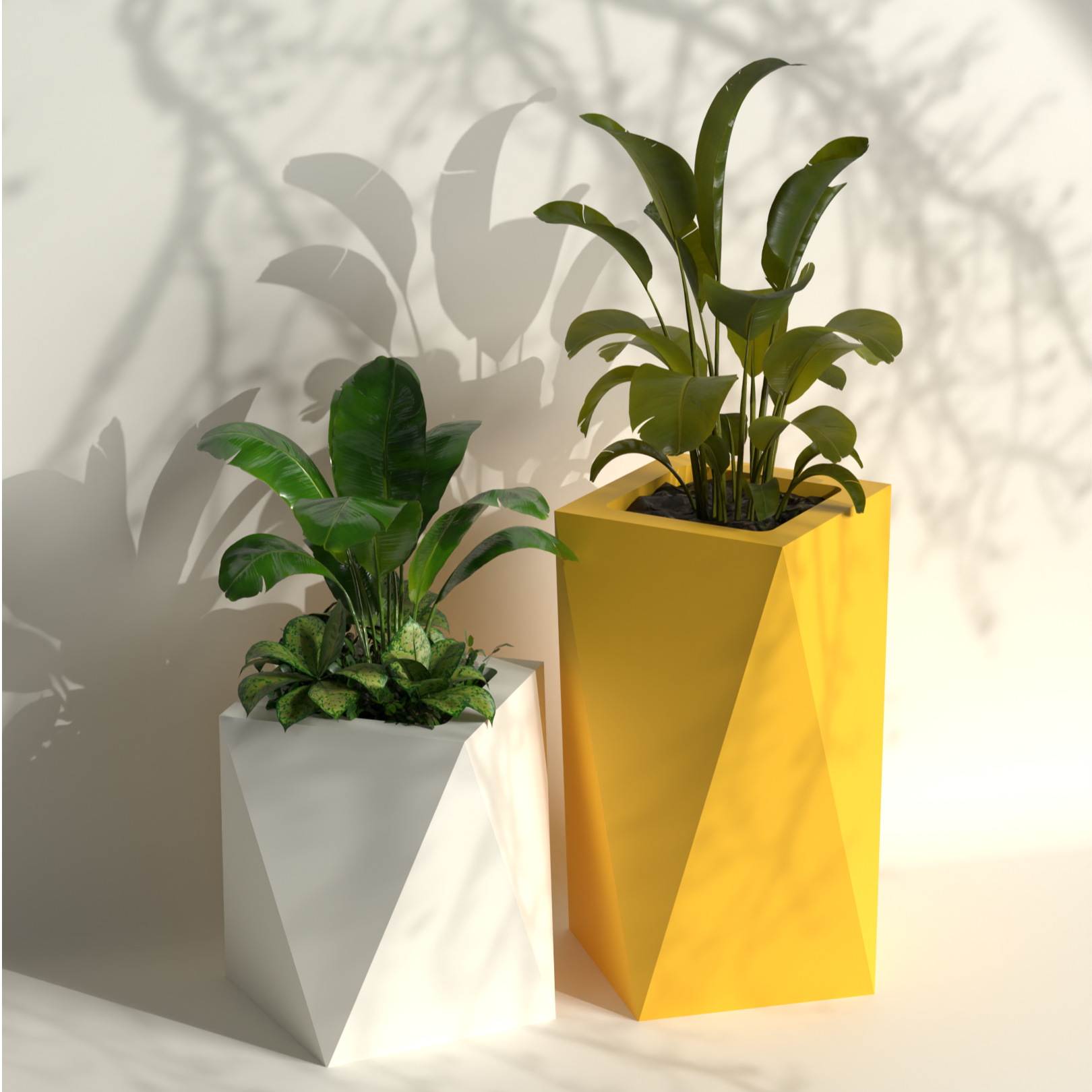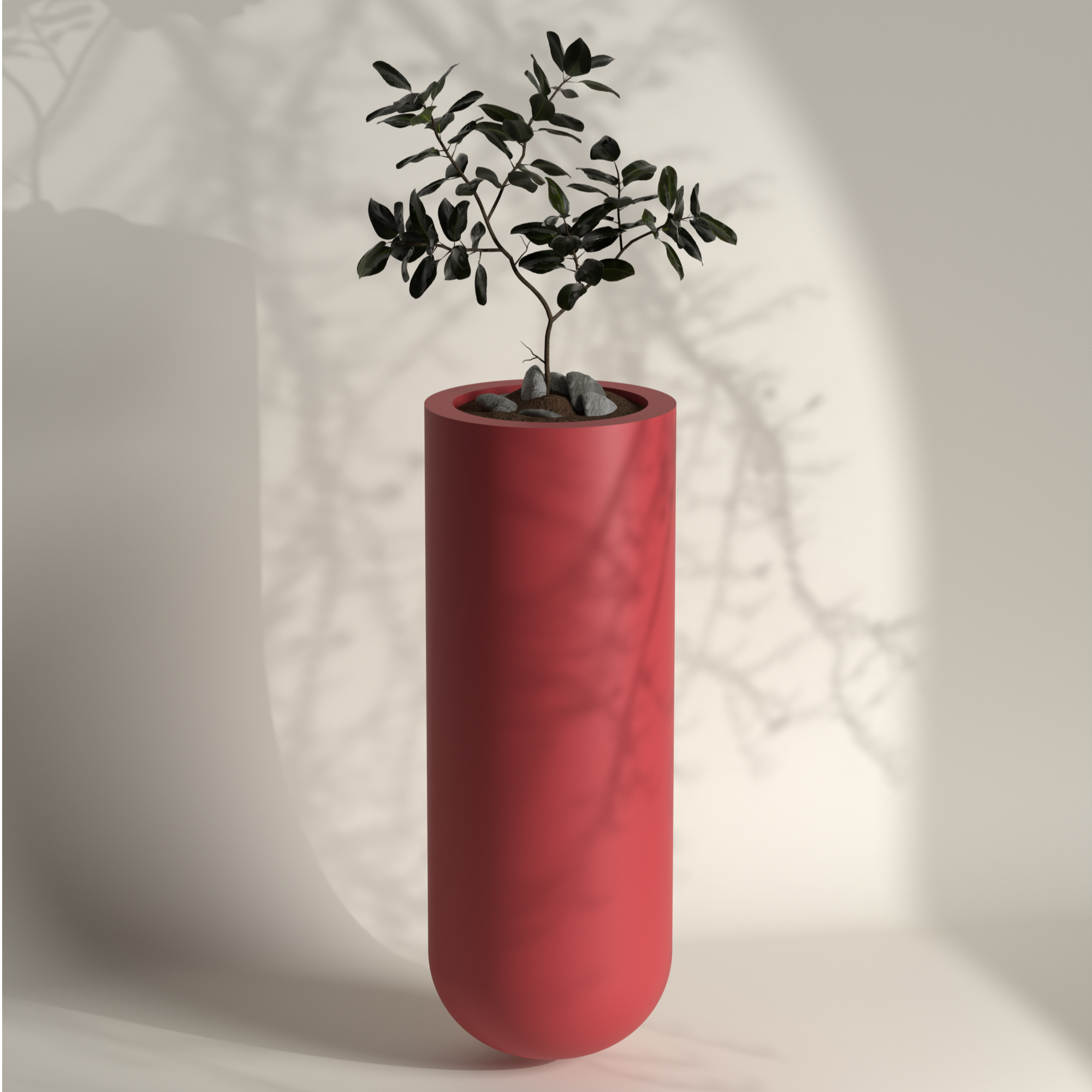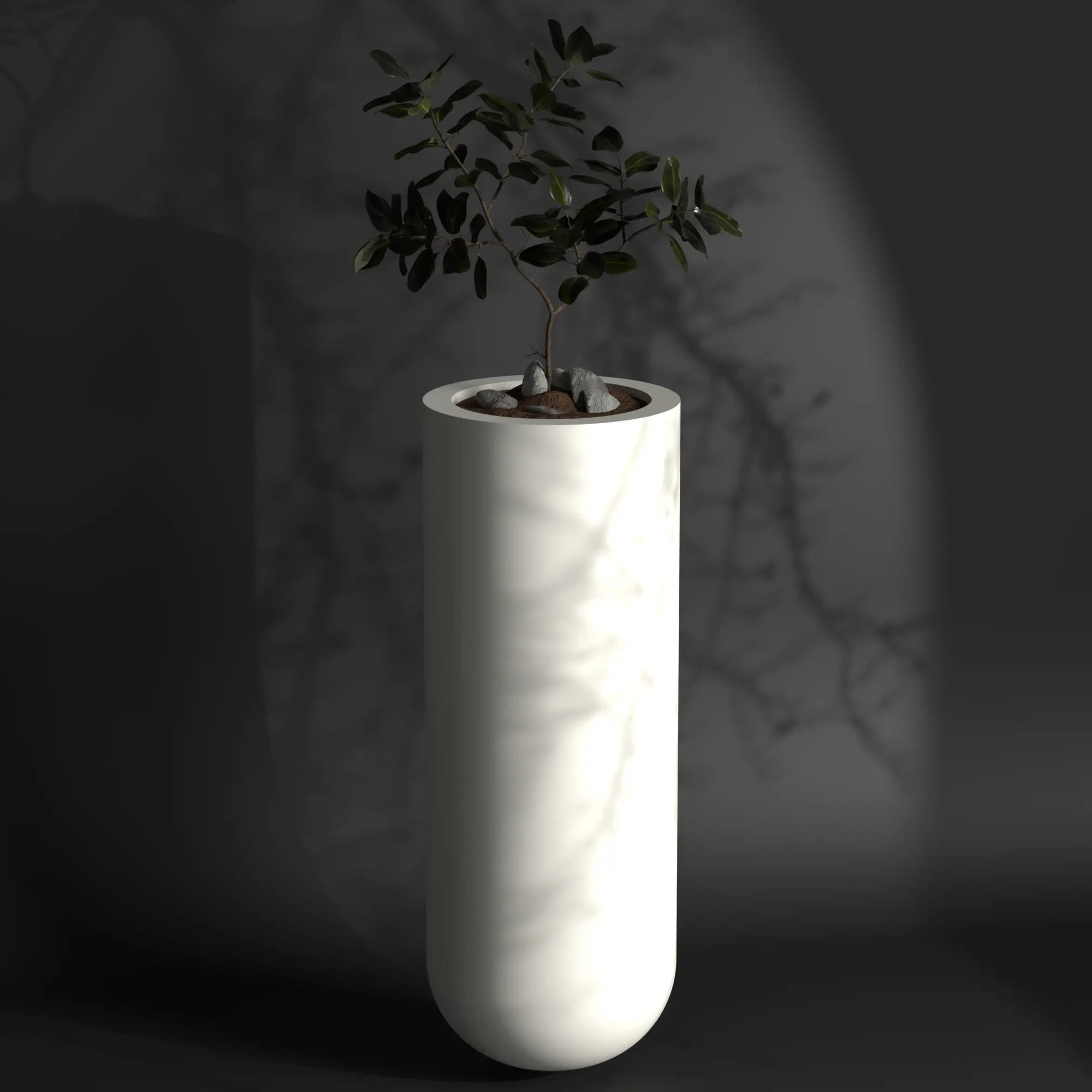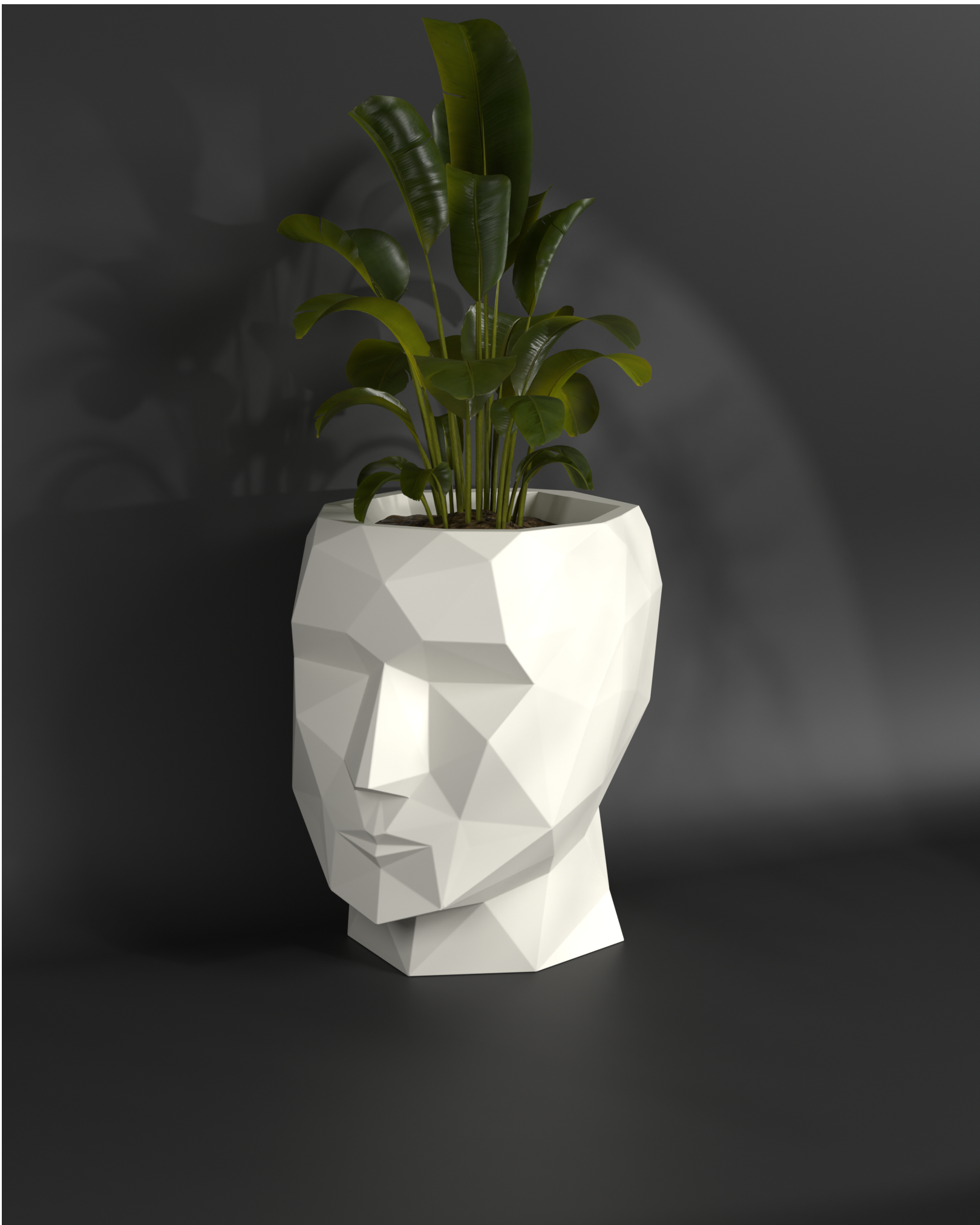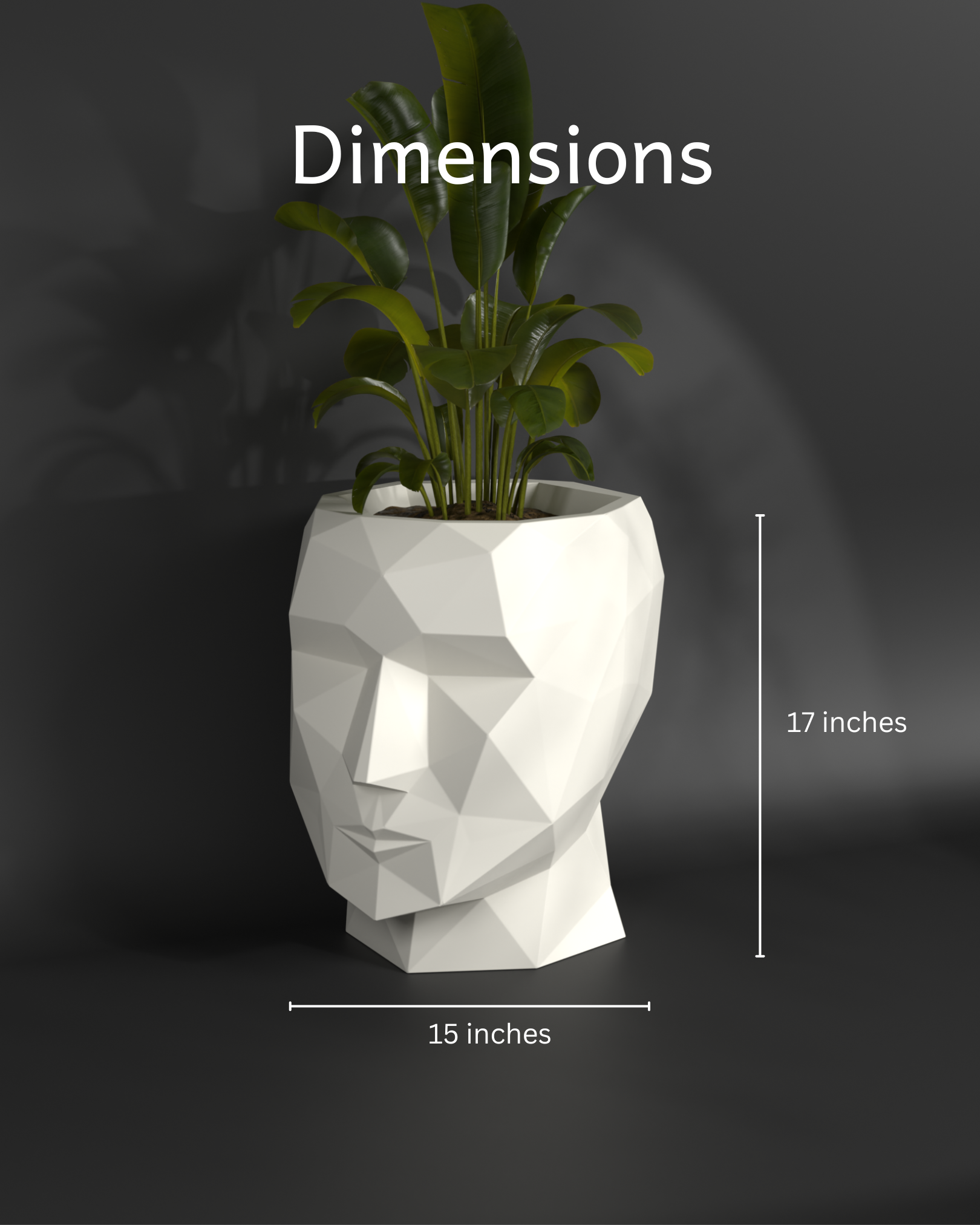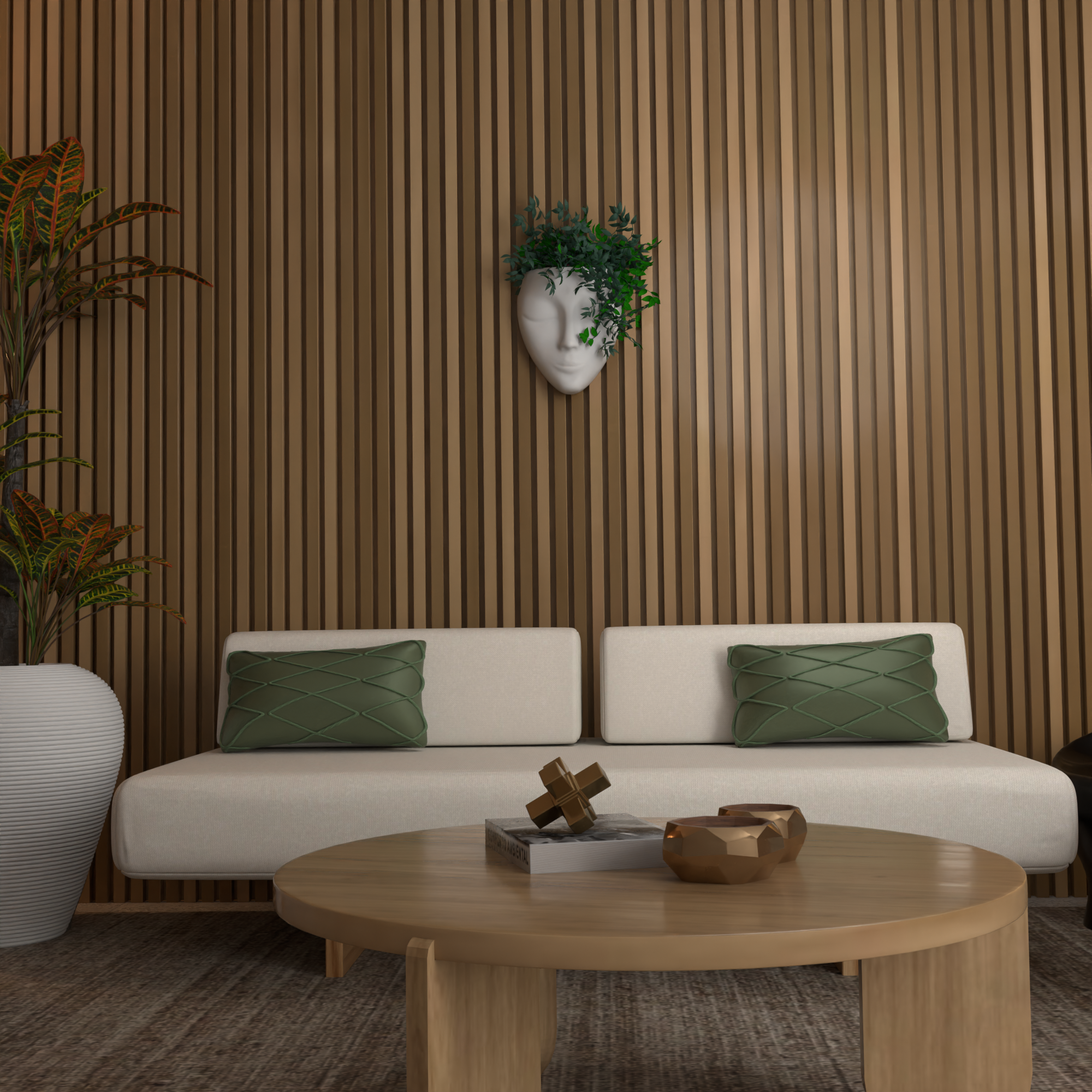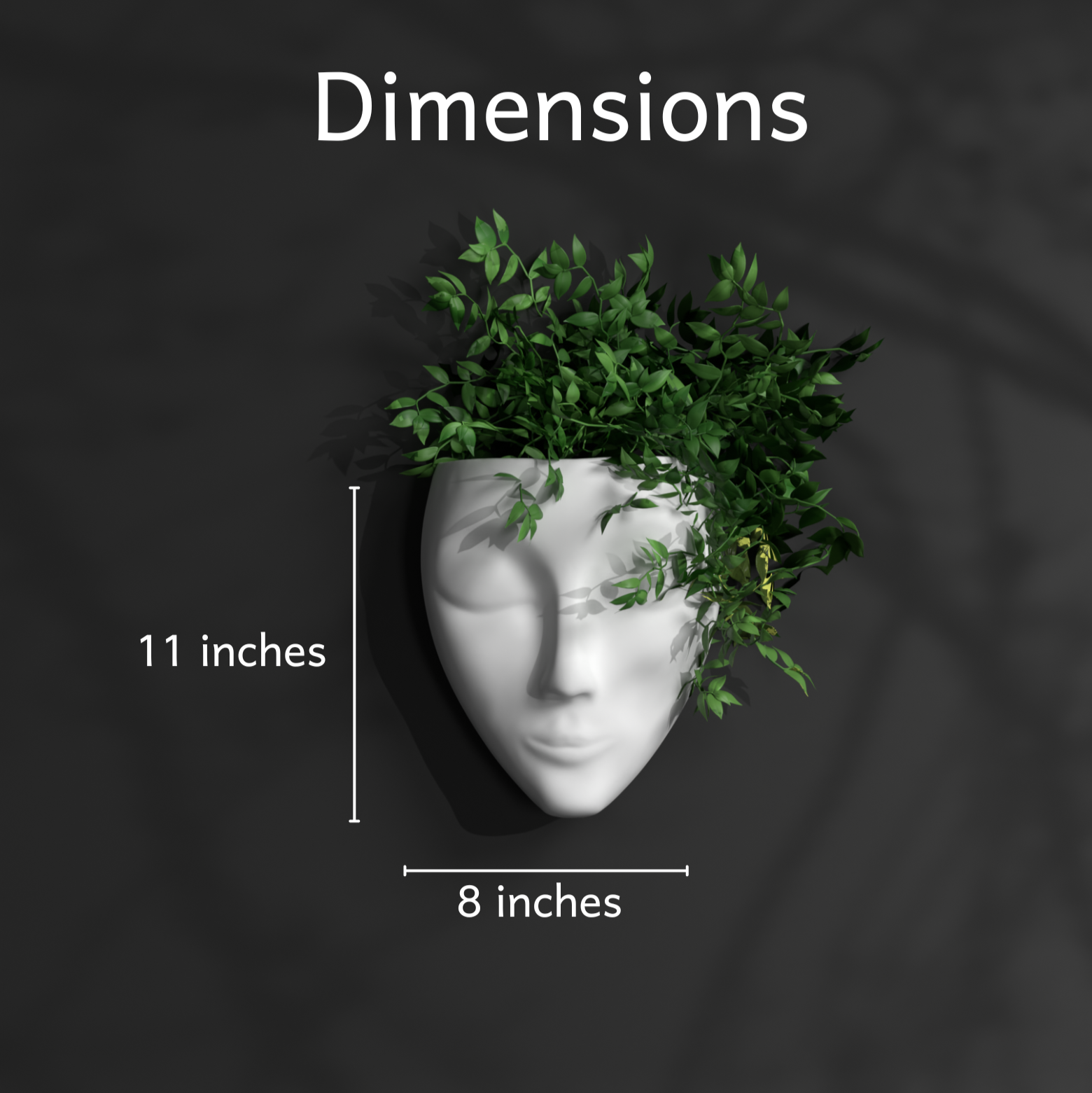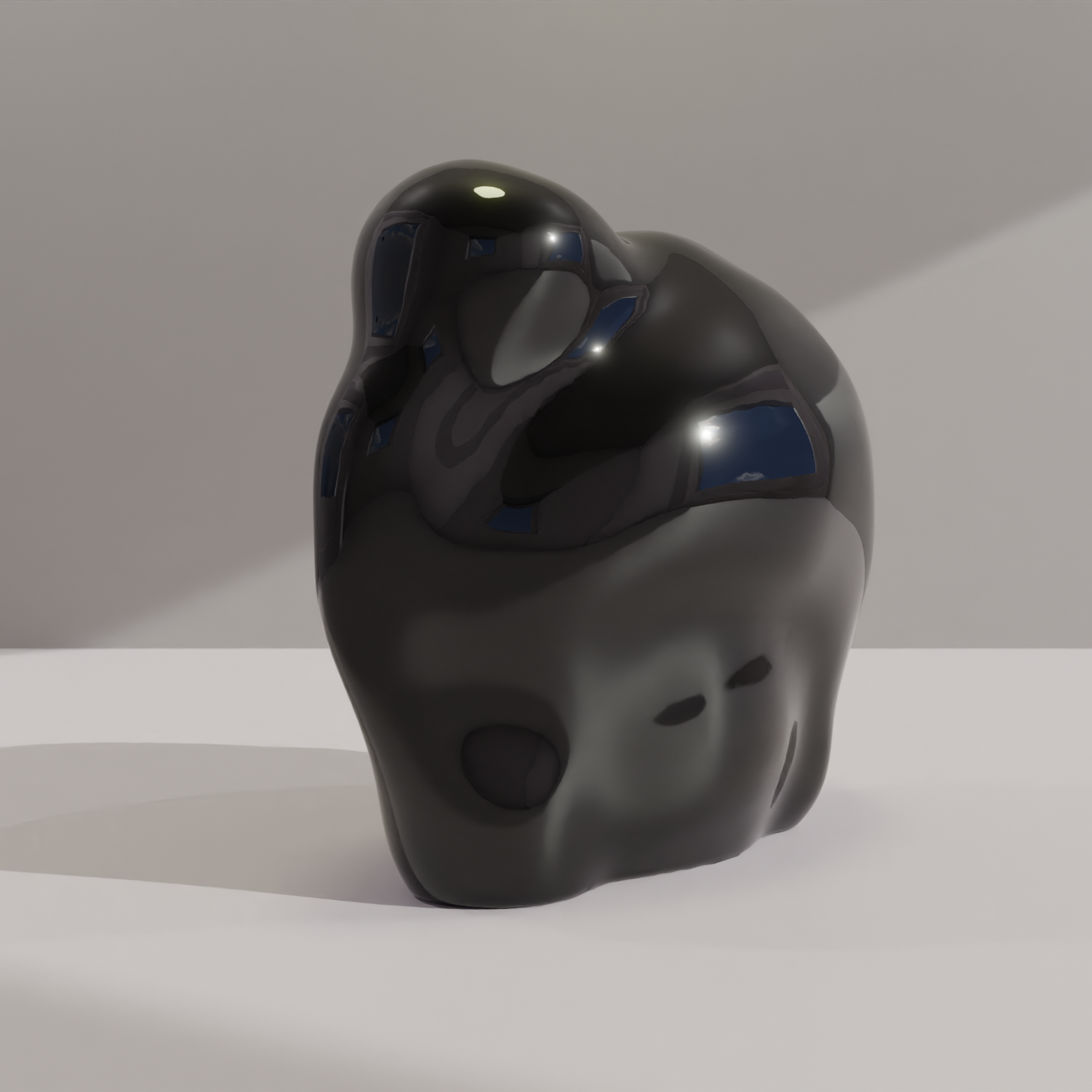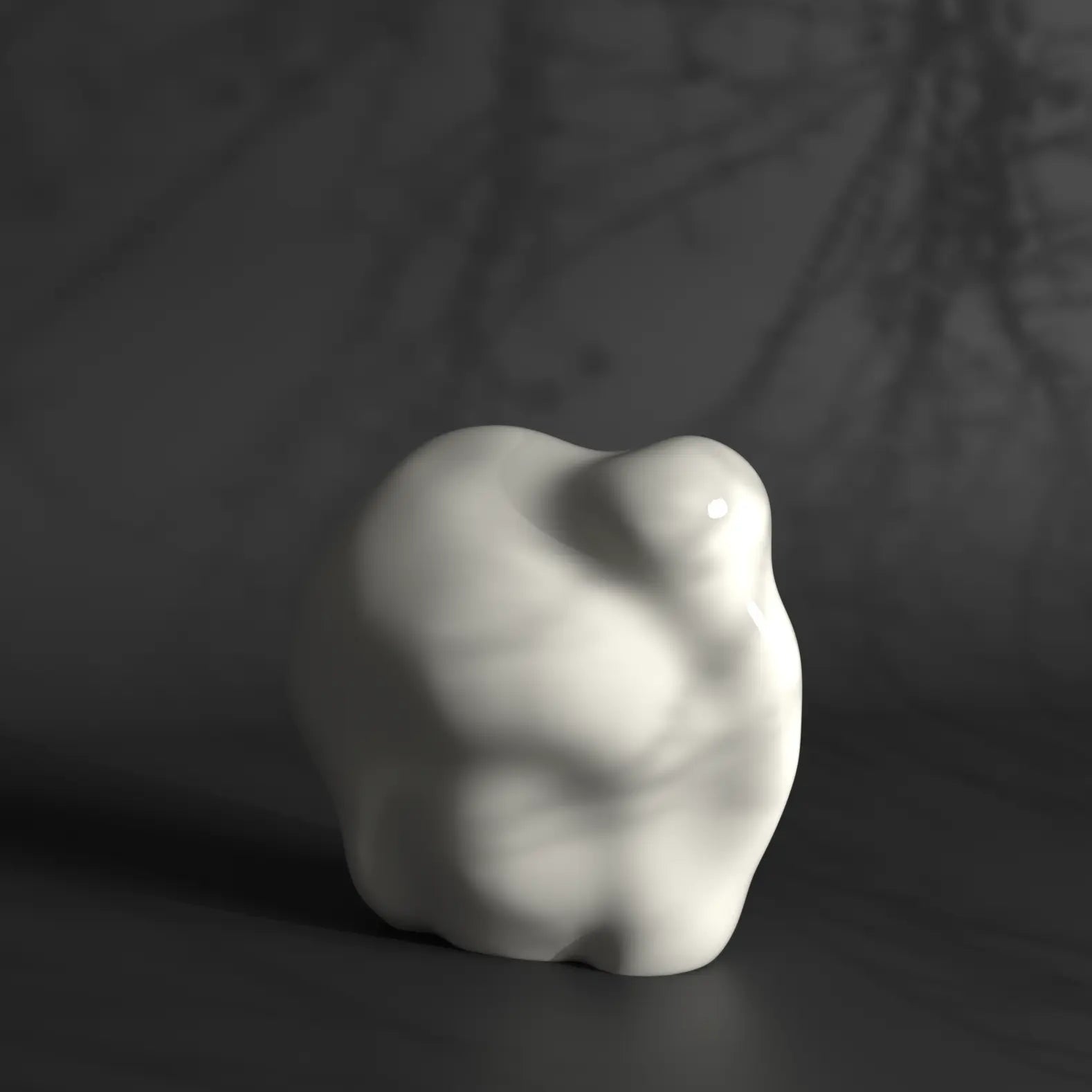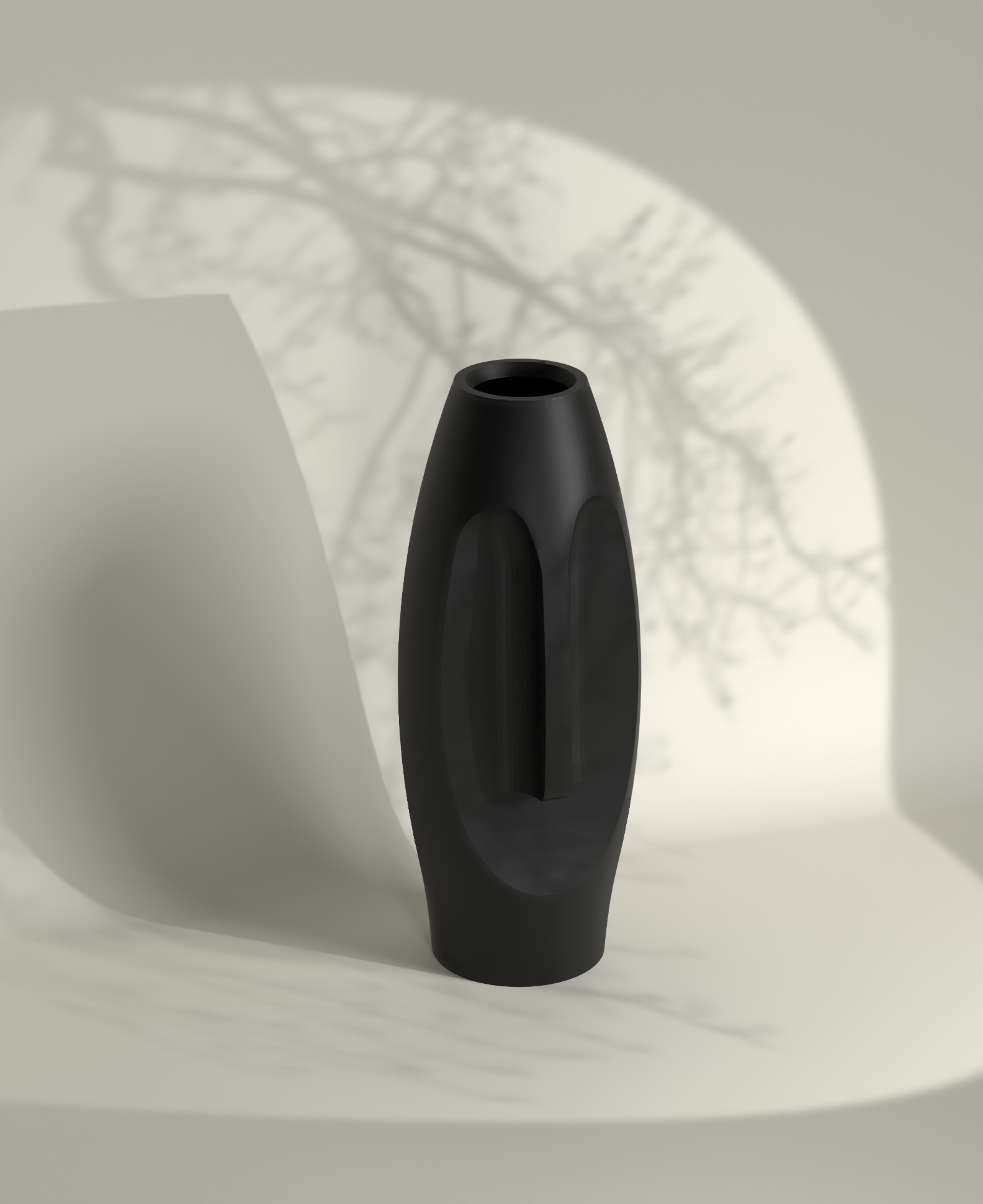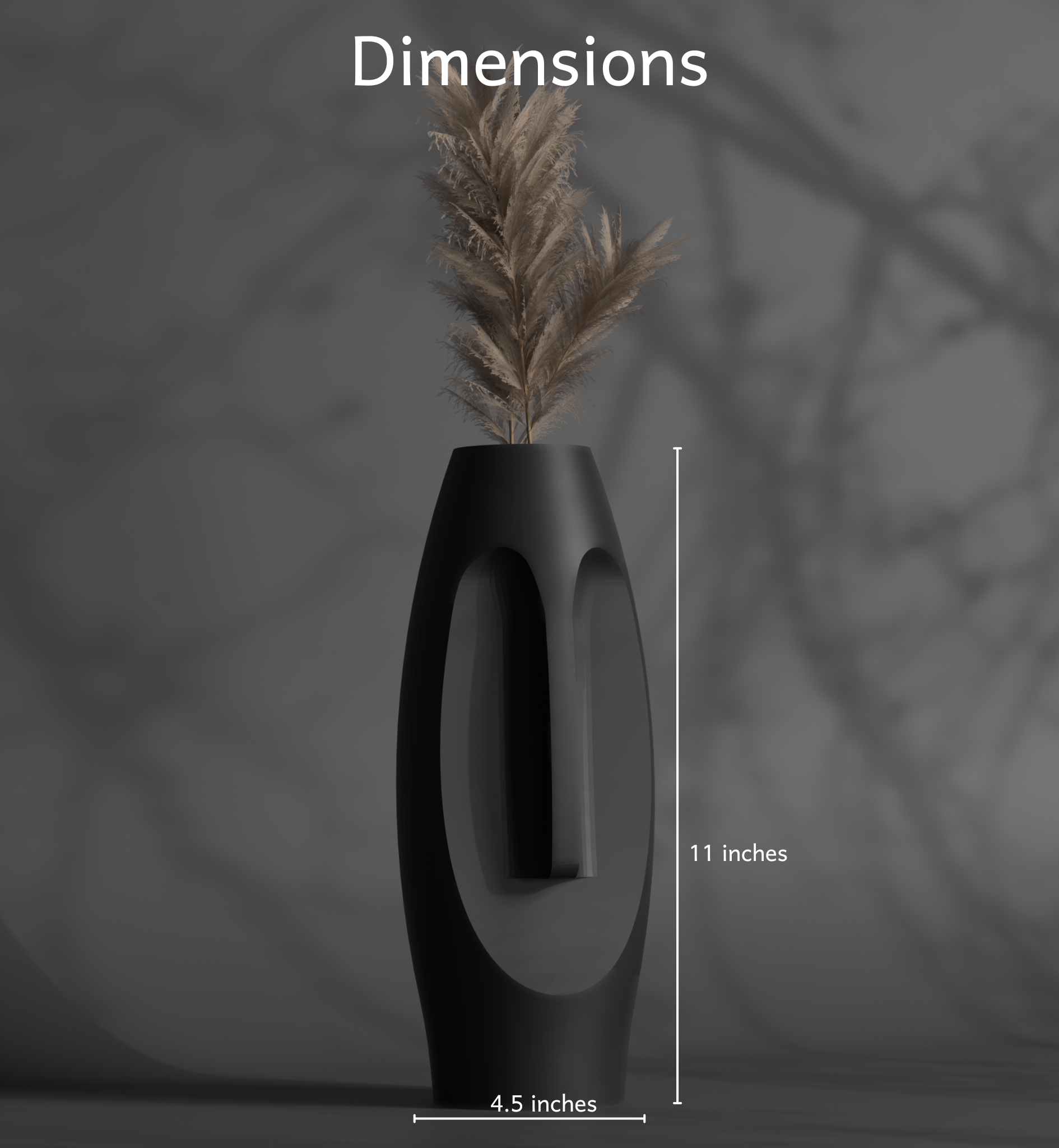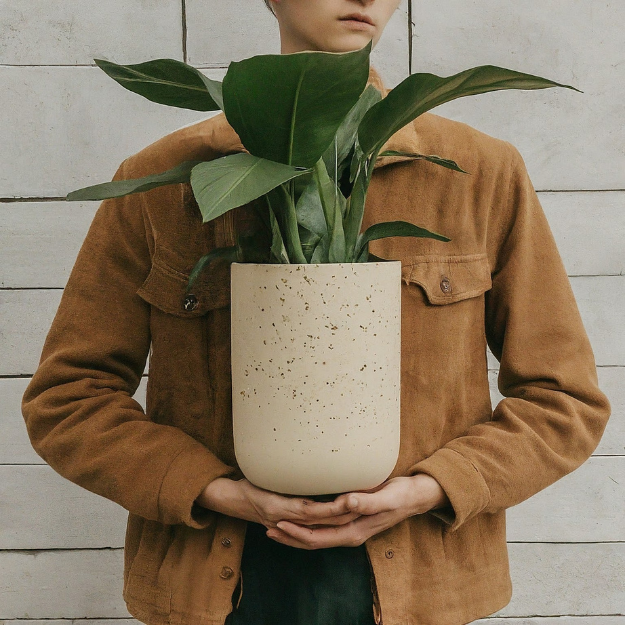
Are FRP planters lightweight and easy to move?
Are FRP Planters Lightweight and Easy to Move? Exploring the Benefits of FRP Planters
When it comes to enhancing your living spaces with greenery, planters play a pivotal role in both aesthetics and functionality. Among the plethora of options available, FRP planters (Fiber-Reinforced Polymer planters) have emerged as a popular choice. One frequently asked question about FRP planters is: "Are they lightweight and easy to move?" The answer is a resounding yes, and here’s why.
The Composition of FRP Planters
To understand the lightweight nature of FRP planters, it’s essential to delve into their composition. FRP is a composite material made of a polymer matrix reinforced with fibers, typically glass fibers. This combination results in a material that is not only incredibly strong but also significantly lighter compared to traditional materials like concrete, terracotta, or stone. This innovative manufacturing process allows FRP planters to maintain their structural integrity while remaining easy to handle.
Why FRP Planters Are Lightweight
-
Material Density: Unlike concrete or ceramic, FRP has a lower density, making the resulting products much lighter. A planter made from FRP can weigh up to 70% less than its concrete counterpart of the same size.
-
Hollow Construction: Many FRP planters are designed with a hollow core, reducing unnecessary weight while retaining their durability and aesthetic appeal.

-
Efficient Manufacturing: Modern molding techniques ensure FRP planters are lightweight without compromising on their sturdiness or quality.
Easy to Move: Convenience Redefined
FRP planters are not only lightweight but also designed with mobility in mind. Whether you’re a seasoned interior designer or a gardening enthusiast, their ease of movement is a game-changer. Here’s how:
-
Effortless Rearrangement: Thanks to their light weight, FRP planters can be easily repositioned to optimize sunlight exposure for plants or to refresh your decor.

-
Perfect for Urban Living: In apartments or small spaces, where flexibility is key, the portability of FRP planters makes them an ideal choice.
-
Ease of Seasonal Changes: With FRP planters, transitioning plants indoors during winter or rearranging them for seasonal displays becomes hassle-free.
Other Advantages of FRP Planters

Beyond being lightweight and easy to move, FRP planters offer a range of benefits:
-
Durability: FRP is resistant to weather, UV rays, and impact, ensuring your planters stay in excellent condition for years.
-
Low Maintenance: Unlike clay or wood, FRP planters don’t crack, rot, or require regular sealing.
-
Design Versatility: Available in various shapes, sizes, and finishes, FRP planters cater to both modern and traditional design preferences.
-
Sustainability: Many FRP planters are made using environmentally friendly practices, making them a sustainable choice.
FRP planters are undoubtedly lightweight and easy to move, making them a favorite for home gardeners, landscape designers, and interior decorators. Their superior material composition, coupled with a sleek and modern design, ensures that you can enjoy the perfect balance of practicality and style. Whether you’re looking to redecorate your home, revamp your patio, or simply create a cozy indoor garden, FRP planters are the ultimate choice.
So, the next time you’re considering planters for your green space, remember that FRP planters offer not only unmatched durability and design flexibility but also the sheer convenience of being lightweight and easy to move. FRP planters are truly a testament to how modern materials can enhance everyday living with elegance and ease. By choosing FRP planters, you’re investing in quality, style, and unparalleled convenience—a winning combination for any plant enthusiast.


